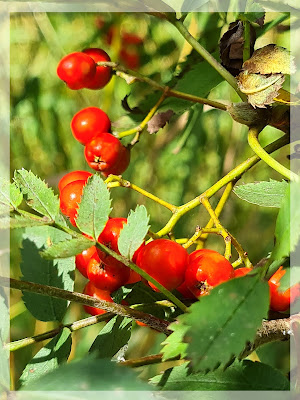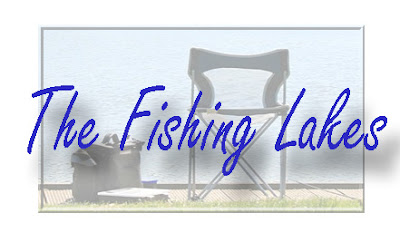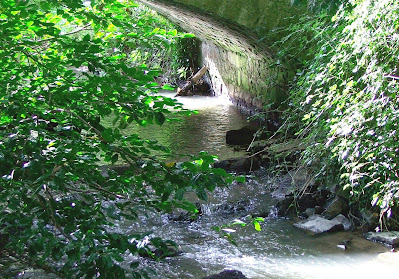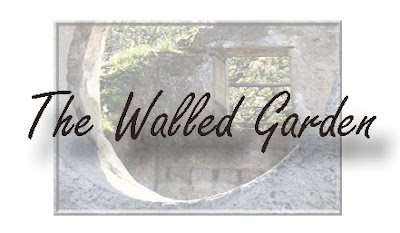Corkagh Park is home to many wonderful mature trees planted by the Finlay family when they were the owners of Corkagh House and Demesne in the 18th and 19th centuries.
 |
One of a pair of Copper Beeches, in all its autumn glory.
These trees are at least 200 years old.
|
Some of the original oaks, now over 200 years old, that lined the main avenue from the Naas Road survive still, as do the Copper Beeches that once overlooked the old house.
 |
Oaks in winter
|
 |
| Young Oaks were planted along Oak Avenue in the 1990s. |
 |
| Majestic horse-chestnuts are now decorated with the soothers and bottles left as gifts for the fairies who live in their branches. |
 |
| Horse Chestnuts are in flower during the month of May. These trees once lined a path here that led from Corkagh House to the Gunpowder Mills complex. |
 |
Horse Chestnut flowers.
The Horse Chestnut is not native to Ireland and was imported to Europe from Turkey during the 17th century. It became popular as a specimen tree in estates and parkland. |
Cedars line the lawn next to the estate buildings and these trees provided shelter for tea parties in olden times.
 |
| Corkagh Cedars |
At Corkagh you will also notice groves of new trees. These mixed deciduous woodland areas have been planted by the parks department in the last 30 years. After you enter Corkagh from the Naas Road entrance you will see some of this new woodland on your left. During the foot and mouth epidemic of the 1940s much of the Corkagh herd of cattle had to be slaughtered and were buried near here.

































